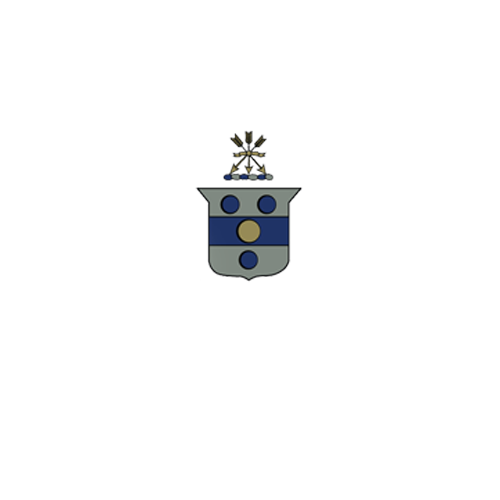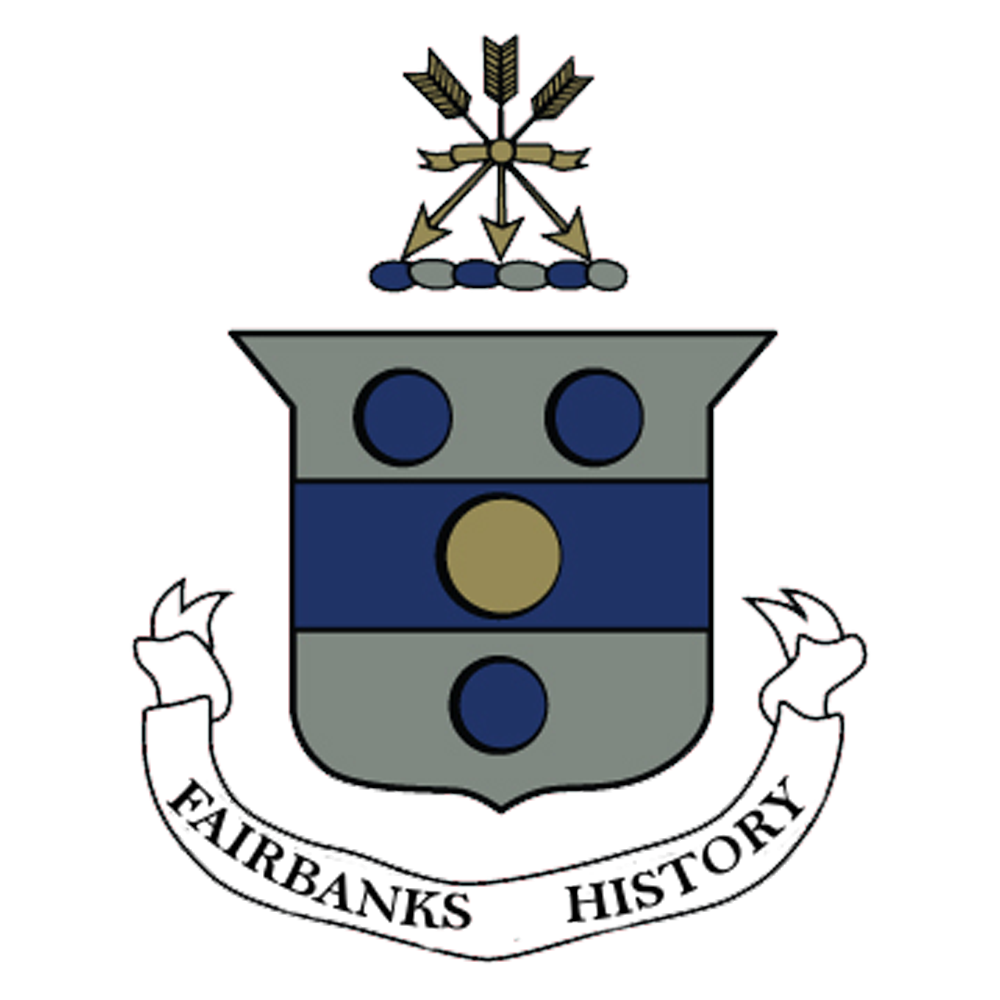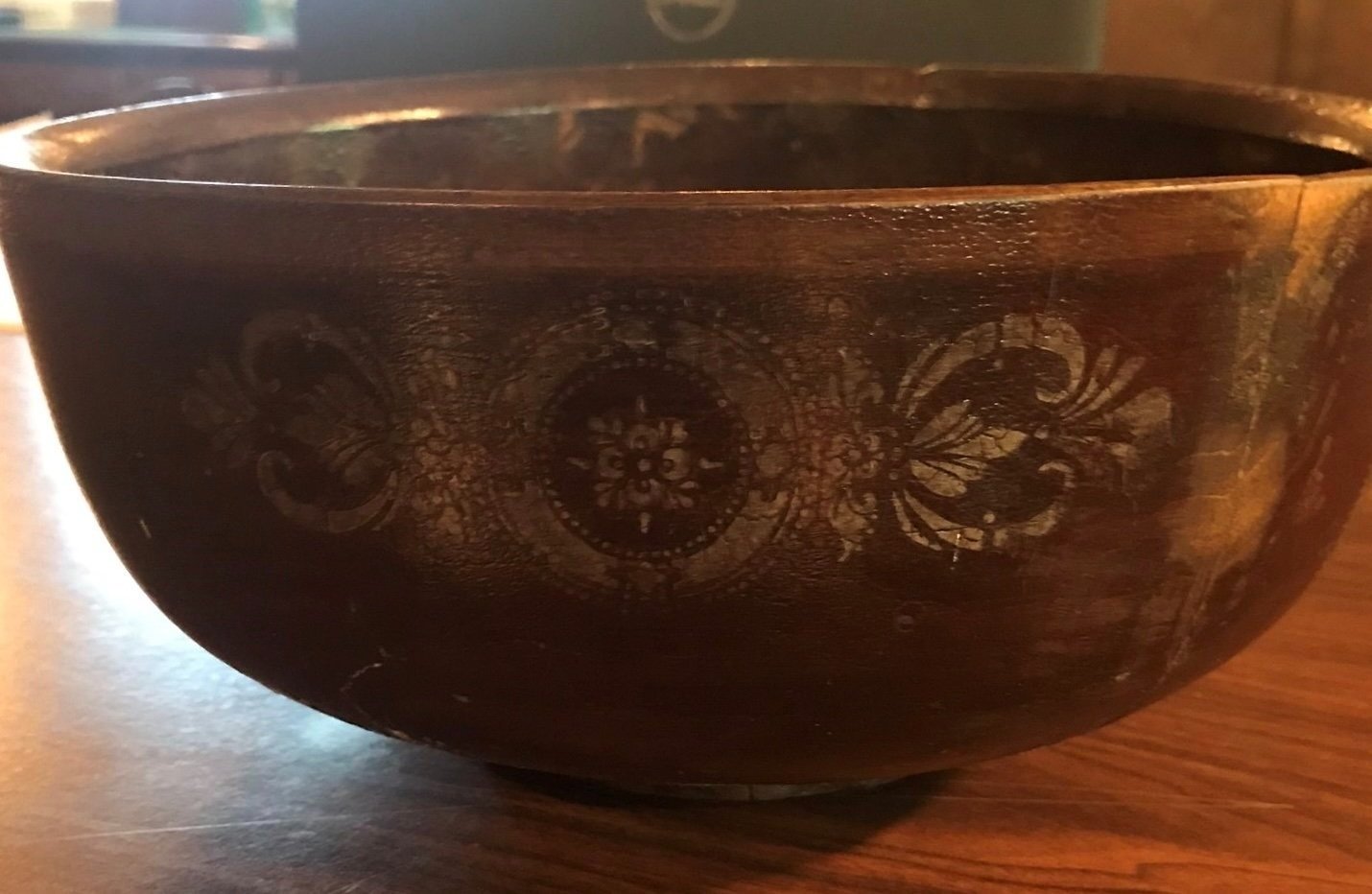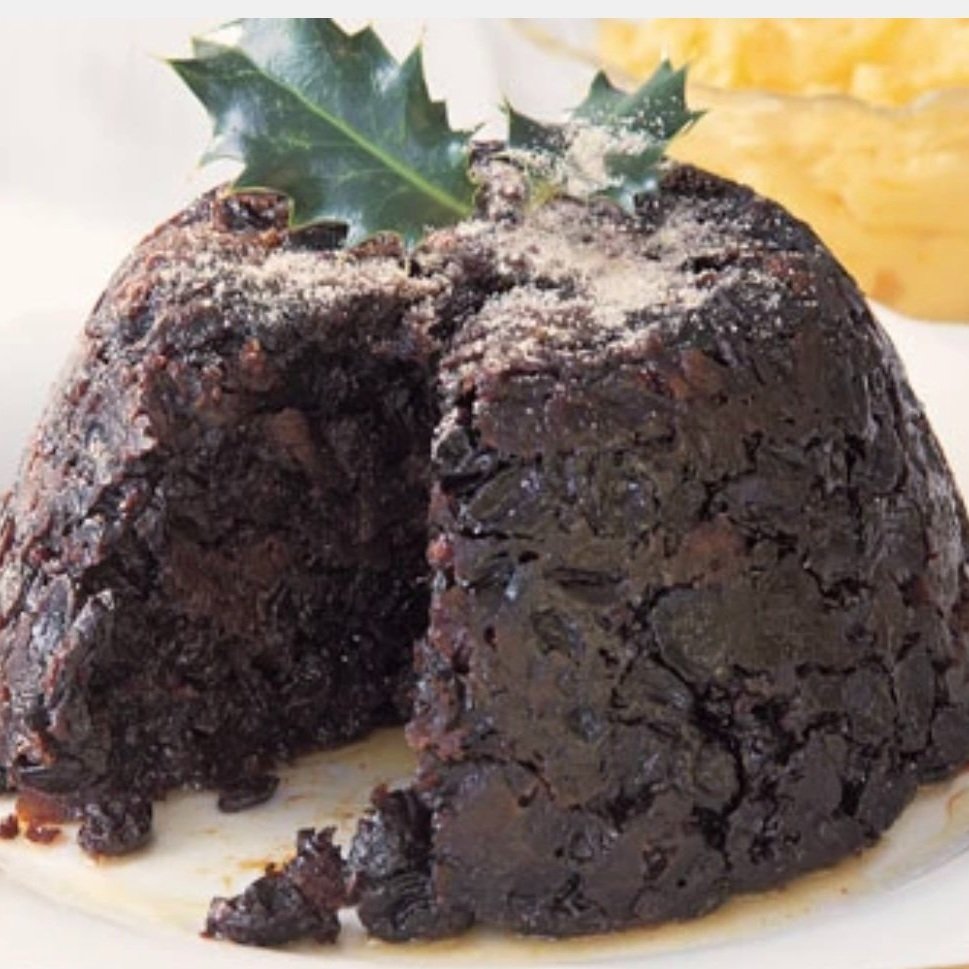Christmas was Banned in New England 1659. What would the Fairbanks Family do?
What if Christmas was banned and you had to work like any other day? There could be no celebrating. If you were found observing the day, you were fined? That is what happened in England in 1647 and New England in 1659.
As a nurse, I worked many Christmases but always got to go home to my family for a late celebration. People have to work on Christmas Day today, like: emergency, health care personnel, other essential workers, and even restaurants and retailers. Even just having to work on the holiday gave me an idea of what a ban on Christmas must have been like.
Christmas in the 17th century was steeped in traditions and superstitions. Some of the activities and beliefs have changed. Yet, we still enjoy the carols that tell about the Christmas holiday of yore. Let’s look into the frosted windows of the 17th century holidays.
Banning Christmas in England
Christmas was banned in England by church reformers, the Puritans, in 1647. The Puritans thought that the celebration of Christmas was based in Pagan and Papist (Catholic) beliefs and practices.
The ban occurred after both the Fairbanks and Prescott families left England in the 1630’s.
Perhaps by 1647, the antics of the holiday went past superstitions and traditions and reached a point of rowdy, boisterous debauchery.
Banning Christmas in New England
The Pilgrims did not celebrate but worked through Christmas the first year, 1620, out of necessity. They arrived in the New World just in time to build homes for protection before the bitterest part of winter set in. Even the next year, practicing some of the traditions of Christmas was chastised by Governor Bradford. Not all residents of Plymouth were Pilgrims and held to their own religious standards.
The Pilgrims and Puritans both believed that Christmas represented the Papist (Catholic) and pagan observance. But Massachusetts Bay Colony didn’t ban Christmas until 1659. Perhaps the population, being primarily Puritan in the Massachusetts Bay Colony, didn’t initially experience many of the particular practices that called for its abolition.
However, over time, more people outside the religious realm arrived or worked in New England, like fishermen and men and families of Hammersmith, the iron forge. They were known to live somewhat contrary to some of the Puritan preaching. Those populations weren’t primarily Puritan. They probably participated in more disruptive antics during the holidays.
Reasons for Banning Christmas
Drinking and Wassailing
Drinking
Fairbanks’s Maser Bowl brought from England in the early 1600’s by original family. Found at The Fairbanks House
Drinking was an important part of celebrations whether it was a birth, wedding, baptism, death, or holiday. Drinks on special occasions were often shared from the same vessel. Examples of these included: swearing fealty to a leader or master or receiving a blessing from the head of the household.
The Fairbanks family may have used their Maser bowl on those occasions.
Drinking to the state of drunkeness was frowned upon by the Puritans.
Wassail and Wassailing
Wassail was a drink made from beer, wine, or cider from various fruits. It was often apple based and spiced. Wassail was usually served hot and often served from a large bowl, especially at Christmas.
Wassailing at Christmas time often involved a group caroling and going to various homes. In England, during the 1600’s, the singers were often the poorer people visiting the wealthy. The carolers would sing or put on short skits in hopes to receive coins, food, drinks, and blessings in return.
Christmas was a time of generosity and charity. In appreciation, the carolers received their drinks from a Wassail bowl and perhaps were given other gifts.
“Love and joy come to you,
And to you your wassail too;
And God bless you and send you
a Happy New Year”
Later, wassailing became unruly with costumed revelers barging into homes and demanding food, drink and gifts. Threats were issued for violence and vandalism if their requests were not met.
Mumming
Mumming was dressing in costume during the holidays. This was sometimes done for street skits and was often in the form of cross-dressing, a man dressing as a woman or a woman dressing as a man.
Cross-dressing was not a new concept. Shakespeare used it in all his plays since his cast was always male.
The problem with mumming was that the identities of the persons were hidden, making foul play difficult to control. Some sources say the costuming led to orgies in homes where unwanted revelers entered without welcome.
Some Accepted Holiday Traditions
Decorating
There are some indications that holly, mistletoes, and evergreen were used to decorate the home. One source stated all decorations should be taken down before the Twelfth Night, or Epiphany. No decorations were destroyed, just put out of the home. If a wreath was placed on the door, the edible portions, such as nuts and fruits, were consumed before the wreath was discarded.
Mistletoe was probably brought into the house for various reasons. It was believed to protect the homestead from fire and other disasters. It also had quite respected medicinal properties.
Mistletoe was believed to be an important symbol of courtship and matrimony. It was combined with holly in the homes and may be the predecessor to our kissing balls of mistletoe.
Holly as a decoration for Christmas
Mistletoe as a decoration, superstition and medicine.
Frumety and Food
Classic Christmas Pudding: find recipe at BBC GoodFood
You’ve heard “Oh, bring us a figgy pudding…we won’t go until we get some.” This refrain shows the tradition as well as the potential problem of the tradition as described above.
A Christmas pudding may include any number of different nuts or fruits. It was sometimes called plum pudding. It was often steamed and took several days to make from start to finish. The whole family may have stirred the batter, making wishes while doing so.
Christmas puddings was a pervasive tradition. My Polish mother-in-law made a date pudding, and my Swiss ancestors made a pudding with raisins, currants, dates, and covered it with wine sauce.
Frumety
“He is no Yorkshireman who does not know what furmety or frumety is. It is one of our institutions”
Grace would have made frumety in their home. It was soaked, hulled whole wheat. After several hours of soaking, the hulls were removed and the grain was drained. Milk was poured over the top and sugar, nutmeg, and spices were added. This process from hulling, soaking and cooking took about three days.
After the ban, Grace probably didn’t make enough frumerty for carolers and revelers. She likely prepared enough for the family to enjoy at their Christmas Eve meal along with the Yule cakes which would have contained dried fruits like figs and currants. The whole family would sit around a table, probably a trestle table again because of the growing family, with a Yule candle in the center.
Grace would also prepare a roast beef. Susan, being the youngest girl, may have sat on a stool called a cricket and turned the roast on a spit over the fire. Perhaps a granddaughter took over this responsibility when Susan married and had children of her own.
After the late fall slaughter, this cut was still a fresh piece of meat, not preserved to last for future meals. Fresh meat was special.
Yule Log
Past season’s Yule clog or Christmas Block was used to start the Yule clog or log for the present season.
The men brought in the “Yule clog,” also known as the Christmas Block, and placed it in the hearth Christmas Eve. They used the brand or a small piece of burning wood from the past Yule log to start the log for the present holiday. The log itself may not have great meaning until it had been used for the holiday. The remnants of the log were preserved until the following year for luck and to use to kindle the new log for the next season.
Yule or Christmas Candle
Grace made a large candle to place at the center of the table where the family sat to partake of the Christmas fare. It was a very large candle, sometimes seventeen to twenty inches, unlike those used every day. Jonathan, as head of the household, lit the candle and blew it out at the end of the evening. Some sources said it was allowed to burn through the night of Christmas Eve and should not be snuffed for fear of bad luck. Or perhaps the fear of fire would require them to extinguish it or have it tended that night.
The candle retained its spot of honor until the end of the holiday. At that time, it was carefully preserved with other remnants from Christmas candles of the past. It was unlucky to use or disturb the stubs of any Christmas candles from the past.
Yule candles were larger than the candles used every day.
It was also unlucky to light another candle from the Yule candle during the holiday season. On Christmas Day, it was an unfortunate omen to give a light to another from any source in the house. Thus it was a common saying on Christmas Eve, “Is your tender dry?” If not, you might find it difficult to get a start for your hearth fire or your Christmas Candle on Christmas Day from a neighbor.
If the Yule candle went out during the course of the day, it was believed that someone in the household might die during the next year.
I wonder if the superstitions and traditions were strong enough to demand the family to bring a bit of the Yule log and Christmas candles with them from England to their new home in Dedham.
In Lancashire, England, Christmas carols were pardoned. If the singing of such carols “…are fit for the time, and of holy and sober composures, and used with Christian sobriety and piety, they are not unlawful, and may be profitable if they be sung with grace in the heart.
Pantomime
The last strong tradition of the English Christmas, pantomime, was probably a source of family entertainment. However, when practiced in public in costume, paired with noxious trickery and ill intentions, it was probably another cause for the banning of Christmas celebrations. The street pantomimes sometimes became rowdy, raucous, a farce, or a fairy tale taken from home to home to garner wassail, coins, blessings, and frumety or figgy pudding.
With a house full of grown children and grand-children on a cold December night, Grace had to find a way to entertain the large crowd who filled their home.
By 1659, there could have been twenty-seven people in the original Fairbanks house for the holiday. All of Grace and Jonathan’s children were married. Susan died the previous July leaving Ralph Daye with their four living children. Ralph married a second wife in November. Jonas and Lydia were in Lancaster and may have brought their first child home for the holiday. George and Mary had one child. John and Sarah had four living children. Mary and Michael Metcalf had five children. Michael, Mary’s husband, died in 1654. She had married Christopher Smith.
Perhaps the older children enjoyed putting on plays and pantomimes for the adults and young children. No one besides the family would know.
Lifting the Ban on Christmas
After England’s civil war and the restoration of the Monarchy, England dropped the ban in 1660. In Massachusetts, they abolished the ban on Christmas in 1681. However, most of the traditions were still rejected by the Puritans and the people of Massachusetts as against the religious meaning of Christmas. The holiday didn’t start to be celebrated until around the time of the American Civil War in the mid-19th century.
Resources
One of the best resources I have found on Northern English Traditions and Superstitions, The Project Gutenberg EBook of Traditions, Superstitions and Folk-lore, by Charles Hardwickis. The Christmas section is found in Chapter III starting on page 53.
Others resources can be accessed by clicking on blue lettering.
What’s Up Next
The 17th -18th Century Calendars
England and New England Superstitions and Traditions of the New Year
I wish you a wonderful holiday season. The Fairbanks family has grown from the original Puritan family through its descendants to a become a large diverse population. We are fortunate to be able to celebrate our own family traditions at this time. Perhaps share the traditions of yore with your family when they gather this year. Along with your seasonal cards, perhaps your family would like to be a part of the Fairbanks family E-Reunion to show your connection to your past and to all the Fairbanks descendants from the original family.










